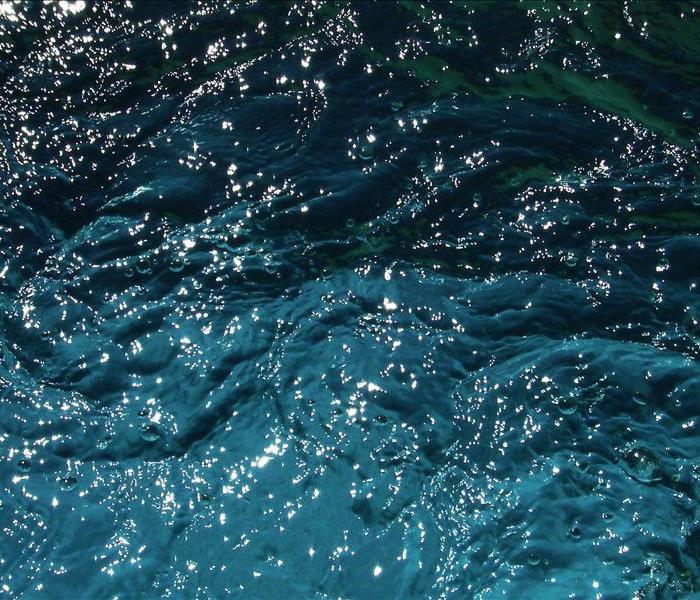What is the Class of Your Water Damage?
6/18/2020 (Permalink)
Not only does SERVPRO of East Honolulu use categories to define the water quality, we also you a class for classification of water absorption and evaporation load.
Before understanding the class themselves there are a few definitions to knock out.
Definitions:
Porous Materials- carpet, gypsum board, fiber-fill insulation, concrete masonry unit, textiles
Low Evaporation Materials- Plaster, Wood, Concrete, Masonry
Low Evaporation Assemblies- Multi-layer wallboard, multi-layer sub-floors, gym floors, or
other complex built-up assemblies
The Water Classes:
Class 1: The least amount of water absorption and evaporation load
- water intrusion (where it's wet) area contains less than 5% of porous materials. And low evaporation materials/assemblies have absorbed minimal moisture.
- meaning, Only part if a room or area is wet or larger areas containing materials that have absorbed minimal moisture. Little or no wet carpet and/or pad is present.
Class 2: Significant amount of water absorption and evaporation load
- water intrusion area contains 5%-40% of porous material (this is encompassing the floor, wall, and ceiling surface). And low evaporation materials/assemblies have absorbed minimal moisture.
- meaning, An entire room or more is affected. Carpet and pad may be wet. Water has wicked up walls less than 24 inches. There is significant moisture remaining in structural materials.
Class 3: Greatest amount of water absorption and evaporation load
- Water intrusion area is made of more than 40% of porous materials. And low evaporation materials/assemblies have absorbed minimal moisture.
- meaning, Fully involved. Water may have come from overhead. Ceilings, walls, insulation, carpet, pad, and sub floor in virtually the entire area are saturated.
Class 4: Deeply held or bound water
- Water intrusion area is most of low evaporation materials/assemblies. This means that there will be a need for heavy duty drying equipment that will vary for each humidity level
- meaning, Specialty drying situations - Wet materials with very low permanence/porosity i.e hardwood, concrete, brick. Typically, there are deep pockets of saturation, which require very low specific humidity.






 24/7 Emergency Service
24/7 Emergency Service
